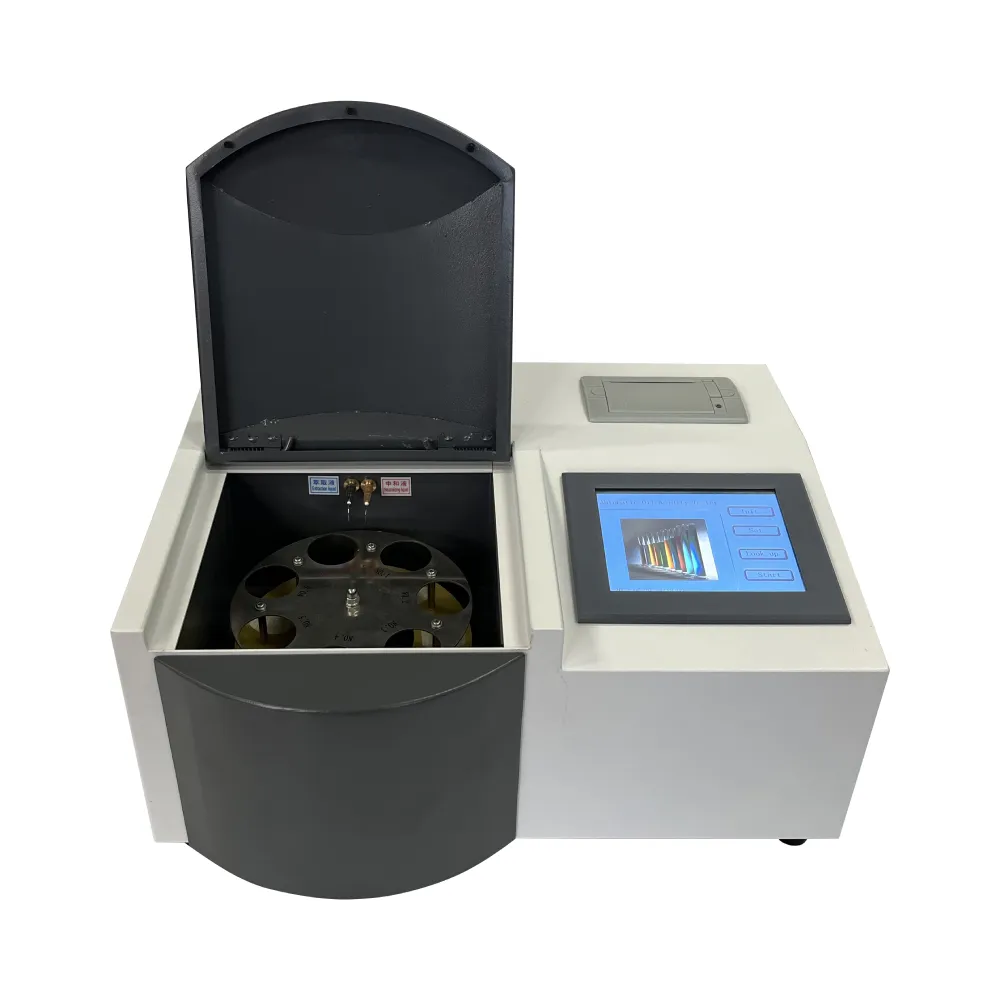 English
English



-
 Afrikaans
Afrikaans -
 Albanian
Albanian -
 Amharic
Amharic -
 Arabic
Arabic -
 Armenian
Armenian -
 Azerbaijani
Azerbaijani -
 Basque
Basque -
 Belarusian
Belarusian -
 Bengali
Bengali -
 Bosnian
Bosnian -
 Bulgarian
Bulgarian -
 Catalan
Catalan -
 Cebuano
Cebuano -
 China
China -
 China (Taiwan)
China (Taiwan) -
 Corsican
Corsican -
 Croatian
Croatian -
 Czech
Czech -
 Danish
Danish -
 Dutch
Dutch -
 English
English -
 Esperanto
Esperanto -
 Estonian
Estonian -
 Finnish
Finnish -
 French
French -
 Frisian
Frisian -
 Galician
Galician -
 Georgian
Georgian -
 German
German -
 Greek
Greek -
 Gujarati
Gujarati -
 Haitian Creole
Haitian Creole -
 hausa
hausa -
 hawaiian
hawaiian -
 Hebrew
Hebrew -
 Hindi
Hindi -
 Miao
Miao -
 Hungarian
Hungarian -
 Icelandic
Icelandic -
 igbo
igbo -
 Indonesian
Indonesian -
 irish
irish -
 Italian
Italian -
 Japanese
Japanese -
 Javanese
Javanese -
 Kannada
Kannada -
 kazakh
kazakh -
 Khmer
Khmer -
 Rwandese
Rwandese -
 Korean
Korean -
 Kurdish
Kurdish -
 Kyrgyz
Kyrgyz -
 Lao
Lao -
 Latin
Latin -
 Latvian
Latvian -
 Lithuanian
Lithuanian -
 Luxembourgish
Luxembourgish -
 Macedonian
Macedonian -
 Malgashi
Malgashi -
 Malay
Malay -
 Malayalam
Malayalam -
 Maltese
Maltese -
 Maori
Maori -
 Marathi
Marathi -
 Mongolian
Mongolian -
 Myanmar
Myanmar -
 Nepali
Nepali -
 Norwegian
Norwegian -
 Norwegian
Norwegian -
 Occitan
Occitan -
 Pashto
Pashto -
 Persian
Persian -
 Polish
Polish -
 Portuguese
Portuguese -
 Punjabi
Punjabi -
 Romanian
Romanian -
 Russian
Russian -
 Samoan
Samoan -
 Scottish Gaelic
Scottish Gaelic -
 Serbian
Serbian -
 Sesotho
Sesotho -
 Shona
Shona -
 Sindhi
Sindhi -
 Sinhala
Sinhala -
 Slovak
Slovak -
 Slovenian
Slovenian -
 Somali
Somali -
 Spanish
Spanish -
 Sundanese
Sundanese -
 Swahili
Swahili -
 Swedish
Swedish -
 Tagalog
Tagalog -
 Tajik
Tajik -
 Tamil
Tamil -
 Tatar
Tatar -
 Telugu
Telugu -
 Thai
Thai -
 Turkish
Turkish -
 Turkmen
Turkmen -
 Ukrainian
Ukrainian -
 Urdu
Urdu -
 Uighur
Uighur -
 Uzbek
Uzbek -
 Vietnamese
Vietnamese -
 Welsh
Welsh -
 Bantu
Bantu -
 Yiddish
Yiddish -
 Yoruba
Yoruba -
 Zulu
Zulu
Effects of Induced Overvoltage Testing on Electrical Equipment Performance and Reliability
Induced Overvoltage Testing An Overview
Induced overvoltage testing is a crucial aspect of electrical engineering and system reliability assessments. This type of testing is primarily conducted to evaluate the performance and resilience of electrical equipment and systems when subjected to voltage surges that exceed their normal operating conditions. Such surges can arise from various sources, including lightning strikes, switching operations, and faults in power systems. By simulating these overvoltage conditions, engineers can ensure that equipment will function correctly and safely in real-world scenarios.
Importance of Induced Overvoltage Testing
The significance of induced overvoltage testing cannot be understated. Electrical equipment, such as transformers, circuit breakers, and insulators, must withstand transient overvoltages to avoid catastrophic failures. These failures can lead to costly downtime, damage to infrastructure, and severe safety hazards. Therefore, testing helps to identify weaknesses in insulation systems, potential breakdown points, and opportunities for design improvements.
Moreover, induced overvoltage testing plays an essential role in compliance with international standards and regulations. Organizations typically need to demonstrate that their equipment meets specific performance criteria to ensure safety and reliability. Testing not only verifies conformance to these standards but also provides a documented assessment that can be crucial for audits and certifications.
Methodology of Induced Overvoltage Testing
The testing process typically involves the application of a voltage significantly higher than the equipment’s rated voltage. This induced voltage is usually applied for a limited duration to simulate real-world transients. The test can be performed using specialized apparatus designed to create controlled overvoltage conditions, such as transformers or pulse generators.
During the test, the equipment’s response is closely monitored. Engineers examine various parameters, such as insulation resistance and dielectric strength, to determine if the equipment can handle the applied overvoltage without failing. If any breakdown occurs, the testing process helps to pinpoint the failure mode, allowing for targeted improvements.
induced overvoltage test

Types of Induced Overvoltage Tests
There are several types of induced overvoltage tests, each serving different purposes. The most common include
1. Power Frequency AC Tests These tests apply a continuous sine wave voltage at the power frequency for a specified period, typically ranging from 1 minute to several hours. This method helps assess the dielectric properties of insulating components.
2. Impulse Voltage Tests In these tests, a high-voltage impulse is applied to the equipment to simulate the effects of lightning strikes or switching surges. The impulse waveform is defined by specific characteristics (rise time, peak value, and duration) to replicate real-world conditions accurately.
3. Terminal and Distribution Tests These tests focus on specific equipment segments, such as connectors, terminals, or distribution lines, evaluating their performance under induced overvoltage conditions.
Conclusion
Induced overvoltage testing is an indispensable part of ensuring the reliability and safety of electrical equipment. By simulating extreme conditions that could potentially cause equipment failures, engineers can proactively identify issues and implement corrective measures. As the demand for electricity continues to grow and systems become increasingly complex, the importance of such testing will only increase. Ultimately, investing in thorough testing not only protects infrastructure and equipment but also enhances public safety and trust in electrical systems.
-
Testing Equipment Industry Sees Major Advancements in 2025: Smart & Precision Technologies Lead the WayNewsJun.06,2025
-
Applications of Direct Current Generators in Renewable Energy SystemsNewsJun.05,2025
-
Hipot Tester Calibration and Accuracy GuidelinesNewsJun.05,2025
-
Digital Circuit Breaker Analyzer Features and BenefitsNewsJun.05,2025
-
Benefits of Real-Time Power Quality Monitoring Devices for Industrial EfficiencyNewsJun.05,2025
-
Earth Fault Loop Testing in High-Rise Building Electrical SystemsNewsJun.05,2025



